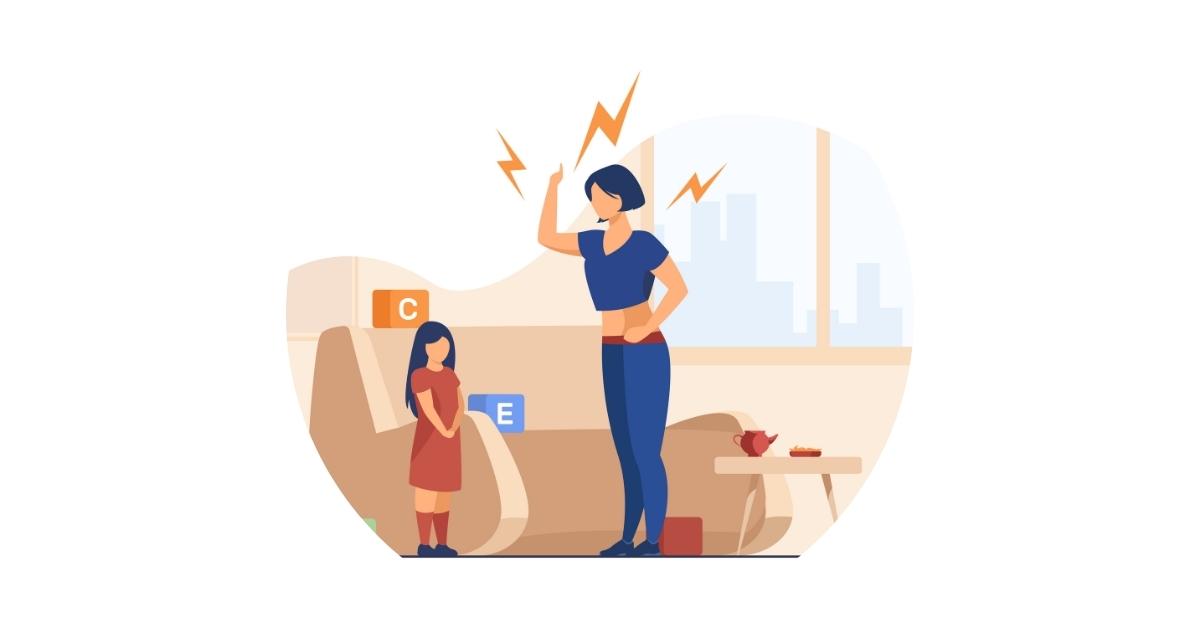A Frank Breech specifically refers to a type of breech presentation where the baby’s buttocks are pointed toward the birth canal and their legs are extended straight up toward the chest, with feet near the baby’s head. When a baby is in the breech position, it means their buttocks or feet are positioned to come out first during delivery rather than the head, which is the ideal position for birth. According to the American College of Obstetricians and Gynecologists (ACOG), this is the most common type of breech position, occurring in about 3-4% of pregnancies.
Read below this article to learn about Frank Breech Baby, its causes, and associated risks.
Types of Breech Presentation
Generally, there are three kinds of breech presentations, which are given below.
Frank Breech
It is the most common type of birth, accounting for 50–70% of breech births. It occurs when the baby’s buttocks are facing the birth canal, with legs extended straight up towards the head.
Complete Breech
Complete breech accounts for about 5-10% of breech births. In this, the baby’s buttocks are positioned downward, but the legs are bent at the knees, and the feet are near the buttocks.
Footling Breech
This is the least common form and occurs in 10–30% of breech births. In footling breech, one or both of the baby’s feet are positioned to come out first.
Causes of Breech Position
While there’s no clear reason behind breech position during delivery, here are some possible factors that may result in a breech baby.
Premature birth: Babies born before 37 weeks are at an increased risk.
Excess or reduced amniotic fluid: It limits a baby's movement, making it difficult for them to shift into the head-down position.
Multiple pregnancies: Twins or more can crowd the uterus, leaving less room for each baby to move.
Uterine or placental abnormalities: Such abnormalities can prevent a baby from moving into the head-down position.
Delivery Options for Frank Breech Baby
Delivering a breech baby vaginally is possible; however, it poses more risks than a head-down delivery. A C-section for babies in a frank breech position is usually recommended by healthcare providers, particularly if it’s your first pregnancy or if there are other complicating factors. In fact, according to the American College of Obstetricians and Gynecologists, it is reported that 90% of breech babies are delivered via cesarean section.
The other options include the external cephalic version (ECV), which has a success rate of 50–60 percent and can also be performed. On the other hand, vaginal delivery of a breech baby is less common and typically only attempted in very specific circumstances.
Risks Associated With Frank Breech Baby
Here are some possible complications related to the delivery of Frank Breech Baby.
- Birth Injuries:
Breech babies, particularly those delivered vaginally, are at higher risk for birth injuries. There is a higher chance of the baby's head getting stuck in the birth canal or the umbilical cord getting compressed, leading to reduced oxygen supply.
- Hip Dysplasia:
There is a higher risk of developmental dysplasia of the hip, where the hip joint doesn’t form properly. According to the American Academy of Pediatrics, about 2–3% of babies born in the breech position may develop hip dysplasia.
- Premature Delivery:
Breech babies born prematurely are at an increased risk of developing complications like respiratory issues, jaundice, and feeding difficulties due to their underdeveloped lungs and organs.
Takeaway
While a frank breech baby can be a complicated concern for parents, it can be handled with the right care and proper birth planning. Usually a caesearan delivery is recommended; in some cases, other delivery options might also be performed. If you suspect any complications, visit your doctor at the earliest.








